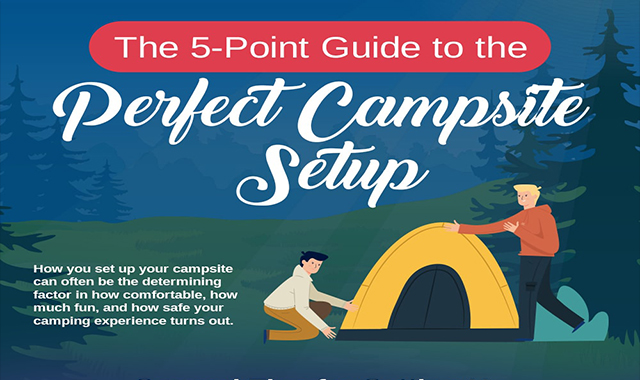Quick Tips To Successfully Sell Camping Tents Online
Quick Tips To Successfully Sell Camping Tents Online
Blog Article
Exactly How to Correctly Set Up Your Tent Before Camping
Establishing your outdoor tents can be an overwhelming job for also knowledgeable campers. This guide will cover the essentials of pitching a tent effectively and securely so you can appreciate your camping trip without stress or fear.
Is it possible to live in a tent?
Begin by laying out your camping tent's impact and ground sheet to safeguard your outdoor tents floor from rocks, sticks, dust, and other debris. Next off, put together the outdoor tents poles and secure them to the edges of the tent body utilizing the appropriate sleeve or hook.
Selecting the Right Website
When you are exhausted after a long day walking, you want to pitch your camping tent and prepare yourself to sleep. However you should first walk around the website to ensure it is secure for camping. Look down and as much as figure out whether any trees have big dead branches that can fall on your tent. These are often called widowmakers and you do not want them to drop on you while you're resting.
Additionally be sure to prevent reduced places that could flood throughout a tornado and to camp away from animal tracks, nests and environments where ticks and chiggers are most likely to flourish. Look for a level, rock-free place that is big enough for your camping tent and any other equipment you'll be bringing.
Some individuals like to set their camping tents up so the head end is sharp towards the eastern to catch the sun's warming rays first thing in the morning. This isn't always needed, yet it is a nice touch that can help wake you up.
Pitching Tips
It may appear noticeable, yet proper tent pitching is among one of the most vital factors in a good night's sleep. Having a practice run at home will assist you acquaint yourself with your tent, find all the pole sleeves and fasteners, and make certain every little thing remains in place. It's likewise a great time to practice utilizing guylines for stability and to uncover any kind of busted items.
When you arrive at your camping site, analyze the terrain to see if it's suitable for your camping tent. A great guideline permanent tents is to pitch the camping tent on a level, degree area with a minor downhill angle. This will enable rain to drain away from the tent rather than merging before it.
If you can not locate a degree location, take into consideration positioning a tarpaulin or various other groundsheet under your outdoor tents impact to secure it from wetness. This can likewise assist keep dirt out of the tent.
Using Guylines Effectively
Using guy lines effectively is essential to making sure your outdoor tents or hammock remains safe and secure in high winds and various other poor weather. A man line is a rope or cord that attaches to the ground through loopholes and D-rings in the framework, tarp, or rainfly.
Begin by securing one end of the line to a guyout loop on your outdoor tents or rainfall fly, or to the pole it's connected to. Then loophole the various other end of the line over a risk put well away from the structure and tighten it.
Maintaining your sanctuary's man lines taut will certainly protect against sagging or sagging during gusty problems, avoiding moisture from seeping right into the camping tent or damage to the structure and boosting convenience and safety during outdoor camping. Constantly check the stress of your person lines during and after adverse weather conditions to guarantee they stay safe. Furthermore, consider packing a man line tensioner to conveniently change and preserve the appropriate quantity of stress in your lines.
Removing the Camping tent
When clearing up right into your campground, locate a spot with a flat area and clear it of rocks and debris. Also, be sure to put down a tent impact or tarp somewhat smaller than your camping tent body to avoid water pooling. This helps maintain your camping tent completely dry from rainfall or condensation and can be particularly useful in gusty locations.
Examine your equipment, including the tent things sacks to ensure nothing is missing out on. Examine that the poles fit into their clips and replenish first-aid items if needed.
When it's time to pitch your outdoor tents, begin by orienting the doors downwind, and stake down each edge of the camping tent. If the ground hangs or sandy, think about spreading a tarpaulin under your tent to shield it from wind and minimize the possibility of your tent toppling. Also, make certain to utilize guylines properly to tie down your rainfly and keep it tight. A well-pitched tent can stop leaking, condensation, and sunlight damage.
How do you survive a tent in the winter?
